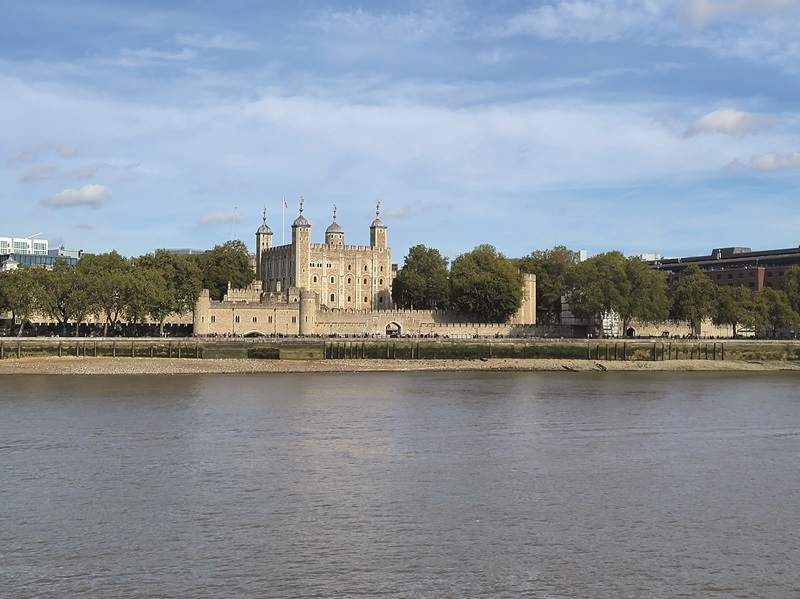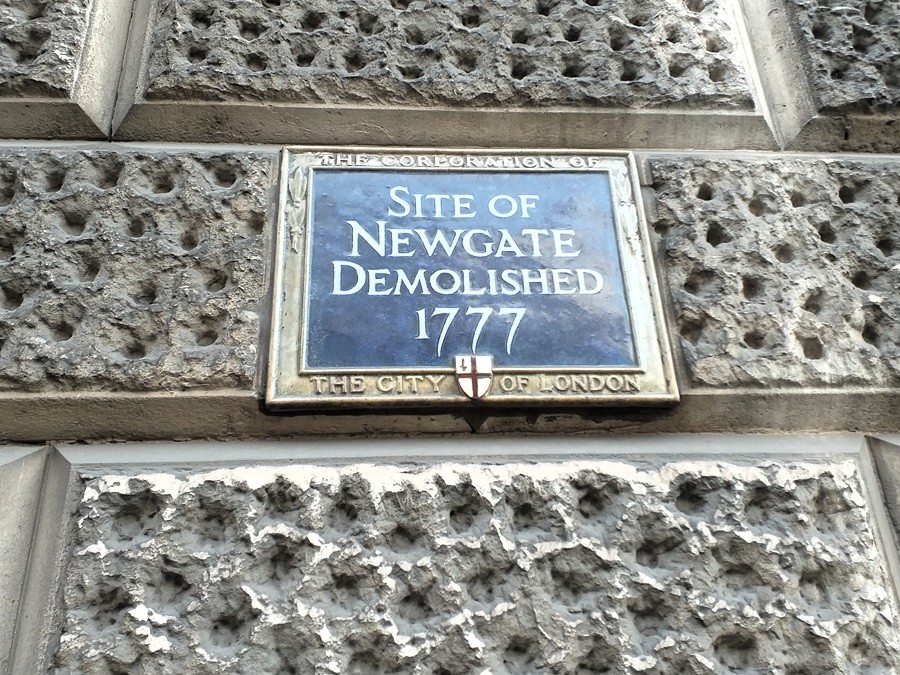London is no stranger to unusual sights, but imagine standing on the banks of the River Thames in the 13th century and spotting a polar bear fishing in the murky waters. This is not a whimsical fable but a fascinating historical fact: during the reign of King Henry III, a polar bear became a peculiar part of London life.
In 1252, King Haakon IV of Norway presented King Henry III of England with a truly remarkable gift: a polar bear, known then as a “white bear.” At the time, the Tower of London housed an expanding royal menagerie filled with exotic creatures, including lions, leopards, and lynxes. The addition of a polar bear was both a symbol of diplomatic goodwill and a source of awe and curiosity for Londoners.
The Challenge of Caring for a Polar Bear
The arrival of this Arctic predator posed immediate challenges. Weighing up to 1,500 pounds (around 680 kilograms) and armed with sharp claws and teeth, the bear needed a substantial amount of food and a suitable habitat. Unlike lions or other animals in the royal menagerie, the polar bear’s diet was not easily catered for in medieval England. There were no seals or large quantities of fish readily available to keep it satisfied.
Henry III issued orders to the Sheriffs of the City of London to cover the costs of the bear’s upkeep, which included a creative solution to its dietary needs. The bear was allowed to hunt for its own food in the Thames, tethered by a strong iron chain and a long cord to ensure it did not escape or cause harm to unsuspecting bystanders.
A Spectacle on the Thames
The sight of a polar bear swimming and fishing in the river must have been astonishing for medieval Londoners. Accounts from the time describe how the bear was carefully muzzled and tethered, allowing it to dive into the Thames to catch fish. Henry III’s instructions, recorded in historical documents, reveal his concern for both the bear’s welfare and public safety:
“We command you that for the keeper of our white bear recently arrived from Norway, ye cause to be had one muzzle and one iron chain to hold the bear without the water, one long strong cord, to hold the same bear fishing or washing himself in the Thames.”
This arrangement not only provided the bear with sustenance but also turned it into an iconic feature of the city. Londoners flocked to the Tower and the riverbanks to catch a glimpse of the “white bear” at work, an early example of public fascination with exotic wildlife.
Fact Stranger Than Fiction
While modern London no longer boasts fishing polar bears, this tale remains a curious chapter in the city’s history, showing that even centuries ago, London was a place of extraordinary sights and stories. The polar bear’s legacy is preserved in records and anecdotes, a testament to a time when a magnificent Arctic predator became a part of the bustling life along the Thames.
If you’re intrigued by this story, why not delve deeper into London’s rich history with my self-guided walking tour, Strange Tales from the River Thames: A Walk Along the Southbank? The polar bear’s tale is just one of many fascinating stories you’ll discover along the way. Learn more and start your journey here: Strange Tales from the River Thames.





